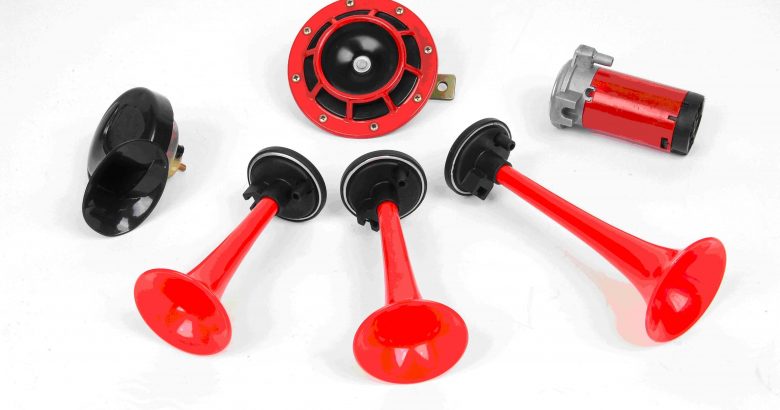
You would be hard pressed to find any motor vehicle that doesn’t have a horn. People use horns to warn other drivers of danger, or they use them simply because they’re annoyed with drivers. As CDJR Mopar Parts knows, since they sell a lot of replacement horns, the relationship between cars and horns goes back many years. In fact, it goes back to the beginning of self-propelled vehicles. Nowadays the design of automobile horns has reached the digital era with some car horns being just powerful speakers powered by electronic circuitry.
However, along with such high-tech designs, the old-fashioned vibrating diaphragm car horn still thrives. The reason for this is not complex; it simply works and is a good example of staying with a technology that does its job well. Let us discuss how automobile horns came about, because it did not take much time to realize that a horn mounted on the vehicle was a little more efficient than a guy walking in front of the car blowing a horn–which seriously happened, and we will touch on that!
It did not begin in this country. Car horns date back to the middle of the 1800s in Britain where steam powered carriages were just starting to be used. For the safety of people and animals, a law that stated “…self-propelled vehicles on public roads must be preceded by a man on foot waving a red flag and blowing a horn” was passed. The result was that this type of automotive signaling lasted only ten years or so.
In the early 1900s, when automobiles began to appear in the United States, the car-mounted bulb horn became the attention-getting feature of choice. A simple squeeze on the bulb and everybody around knew you and your car were near. By 1910, however, some people were wishing for a more powerful warning device, one that people and animals could hear at least an eighth of a mile away. Manufacturers responded with a variety of chimes, whistles, sirens, and horns. For example, the Sireno, named after Greek mythological creatures that lured mariners to destruction, was advertised as a “one-mile signal”.
It was in 1910 that Oliver Lucas of Birmingham, England developed a standard electric car horn. However, by the 1920s, the Klaxon horn made an appearance. A Klaxon horn, whose name was derived from the Greek word klaxo, that means “to shriek,” created its sound via an electrically-powered vibrating metal diaphragm. Arguably the most famous Klaxon horn is the inimitable “Aoogha” horns on the Model A and Model T Fords of the 1920’s and early 1930’s. They were very effective because of how loud they were!
Since the 1930s, manufacturers have played around with the basic Klaxon-type diaphragm and sound chamber to produce many sounds. The general goal is to make horns that are pleasing to the ear but still able to penetrate traffic noise’s low frequency rumble. For example, up until the mid-1960’s most American car horns were tuned to the E-flat or C musical notes. Today, because cars are better soundproofed, they are more often tuned to notes A-sharp and F-sharp which are a bit more penetrating.
Images Source: Google